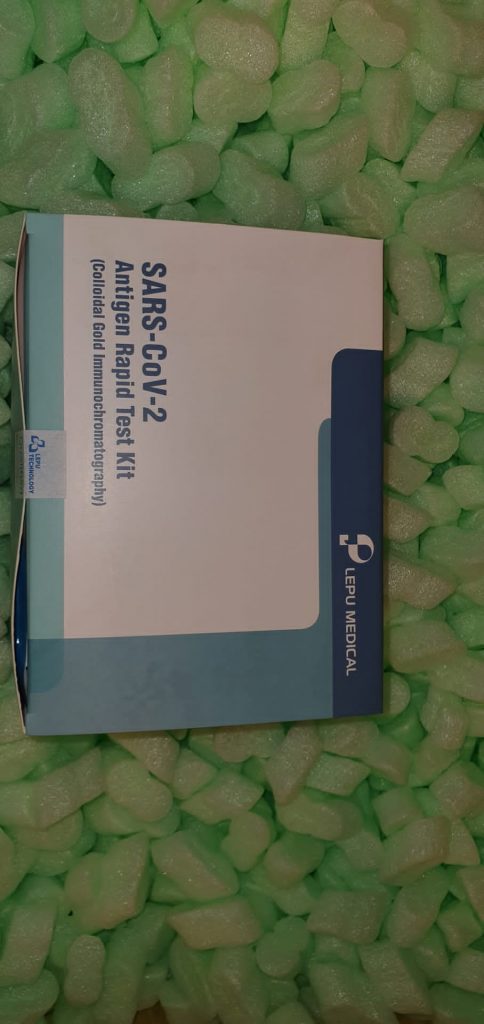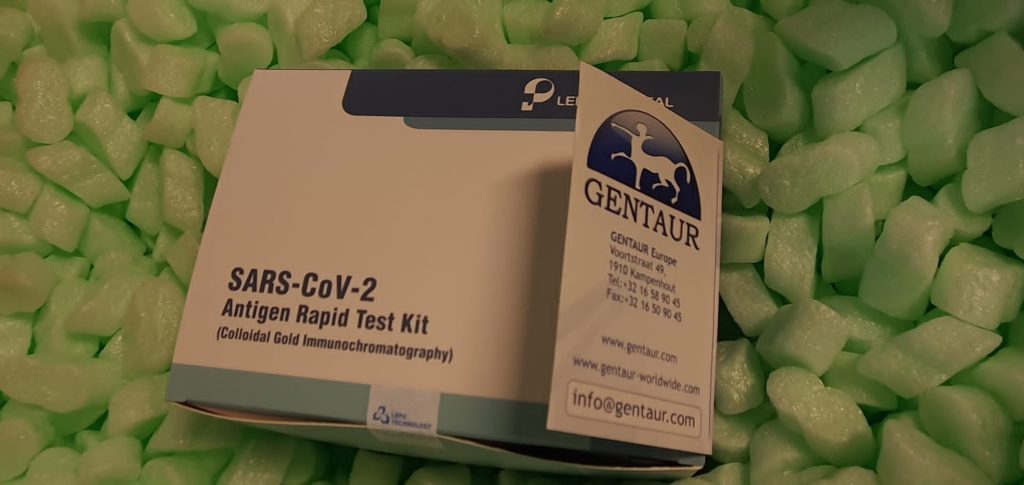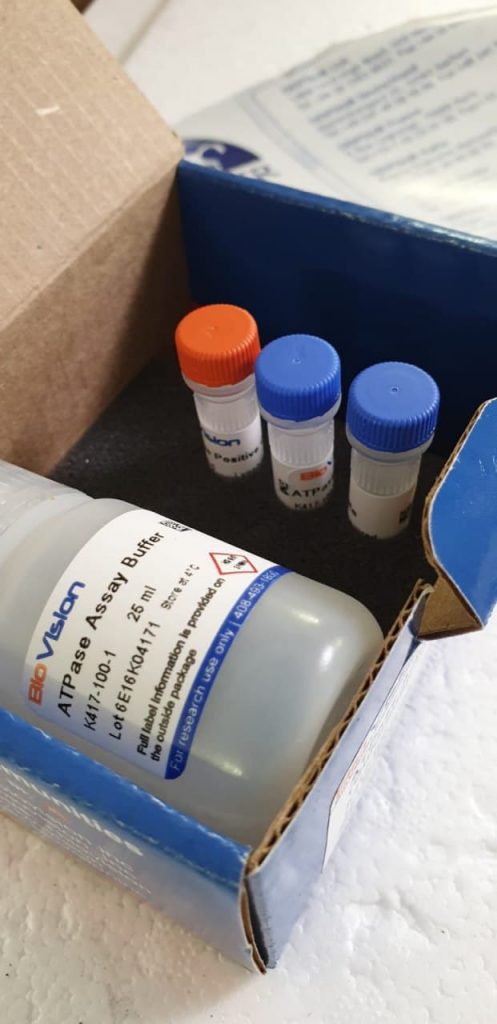Natural killer (NK) cells are effector lymphocytes of the innate immune system that management a number of varieties of tumors and microbial infections by limiting their unfold and subsequent tissue injury.
Recent analysis highlights the truth that NK cells are additionally regulatory cells engaged in reciprocal interactions with dendritic cells, macrophages, T cells and endothelial cells. NK cells can thus restrict or exacerbate immune responses. Although NK cells would possibly seem like redundant in a number of situations of immune problem in people, NK cell manipulation appears to carry promise in efforts to enhance hematopoietic and stable organ transplantation, promote antitumor immunotherapy and management inflammatory and autoimmune problems.

Inflammatory monocytes and macrophages have been recognized as key gamers within the pathogenesis of atherosclerosis, arterial hypertension, and myocardial infarction (MI). They develop into highly effective mediators of vascular irritation via their capability to secrete and induce the manufacturing of proinflammatory cytokines, chemokines and adhesion molecules and thru the manufacturing of reactive oxygen species primarily by way of their NADPH oxidase.
Interplay of NK cells and monocytes in vascular irritation and myocardial infarction.
Importantly, a crosstalk exists between NK cells and monocytes that works by way of a feedforwad amplification loop of T-bet/Interferon-gamma/interleukin-12 signaling, that causes mutual activation of each NK cells and monocytes and that fosters recruitment of inflammatory cells to websites of irritation. Recently, we have now found that this crosstalk is essential for the unrestricted improvement of angiotensin II (ATII) induced vascular harm in arterial hypertension, an important danger issue for atherosclerosis and heart problems worldwide.
In this evaluate, we may even talk about potential implications of this interaction between NK cells and monocytes for the pathogenesis of coronary atherosclerosis and myocardial infarction and potential therapeutic choices.
Natural killer (NK) cells are lymphocytes of the innate immune system that secrete cytokines upon activation and mediate the killing of tumor cells and virus-infected cells, particularly people who escape the adaptive T cell response brought on by the down regulation of MHC-I.
The induction of cytotoxicity requires that NK cells contact goal cells via adhesion receptors, and provoke activation signaling resulting in elevated adhesion and accumulation of F-actin on the NK cell cytotoxic synapse. Concurrently, lytic granules endure minus-end directed motion and accumulate on the microtubule-organizing middle via the interplay with microtubule motor proteins, adopted by polarization of the deadly cargo towards the goal cell.
Ultimately, myosin-dependent motion of the lytic granules towards the NK cell plasma membrane via F-actin channels, together with soluble N-ethylmaleimide-sensitive issue attachment protein receptor-dependent fusion, promotes the discharge of the lytic granule contents into the cleft between the NK cell and goal cell leading to goal cell killing.
Herein, we are going to talk about a number of disease-causing mutations in major immunodeficiency syndromes and the way they affect NK cell-mediated killing by disrupting distinct steps of this tightly regulated course of.
Human immunodeficiency syndromes affecting human natural killer cell cytolytic exercise
Many organic processes depend on the power of cells to measure native ligand focus. However, such measurements are constrained by noise arising from diffusion and the stochastic nature of receptor-ligand interactions.
It is thus essential to know how precisely, in precept, focus measurements will be made. Previous theoretical work has principally investigated this in 3D beneath the simplifying assumption of an unbounded area of diffusion, however many organic issues contain 2D focus measurement in bounded domains, for which diffusion behaves fairly in a different way.
Here we current a principle of the precision of chemosensation that covers bounded domains of any dimensionality. We discover that the standard of chemosensation in decrease dimensions is managed by area measurement, suggesting a common precept relevant to many organic programs. Applying the speculation to organic issues in 2D exhibits that diffusion-limited signalling is an environment friendly mechanism on time scales according to behaviour.
Background. A Kampo drugs, Shahakusan (SHS), has been prescribed in late part of an infection that causes inflammations within the lung. But impact of SHS on viral an infection in respiratory tract has by no means been reported. Objectives. To consider anti-influenza virus exercise of SHS and its mode of actions via immune programs. Methods.
SHS (0.three g/kg/day) was orally administered to BALB/c miceforupper (URI) or decrease respiratory tract an infection (LRI) of influenza virus A/PR/8/34. The virus titer of nasal lavage fluid (NLF) at 5 or 2 day postinfection (p.i.) and cytokine mRNA expressions in mandibular lymph node or lung at 5 or Four day p.i. had been evaluated for URI or LRI, respectively.
The histopathological examinations of lung tissue and NK cell exercise within the splenocytes had been additionally evaluated at Four day p.i. on LRI. Results. When SHS was administered from 7 days earlier than to Four days p.i. for URI, the virus titer was considerably decreased compared with water-treated management, and IL-4, IL-1β, and IL-10 mRNA expression was decreased, however IL-12A mRNA expression was elevated. Administration of SHS from in the future earlier than to in the future p.i. for LRI considerably decreased the virus titer.
SHS additionally decreased infiltration of inflammatory cells within the bronchoalveolar areas and injury of desquamated mucosal epithelia of bronchiole, decreased IP-10 mRNA expression, and elevated NK cell exercise. Conclusion. SHS has no direct impact on influenza virus an infection however exerts antiviral impact in mice by its immunomodulating exercise via motion of NK cells and anti inflammatory exercise within the lung.
HIV controllers: a multifactorial phenotype of spontaneous viral suppression
A small minority of HIV-infected people, generally known as HIV controllers, is ready to exert long-term management over HIV replication within the absence of therapy. Increasing proof means that the adaptive immune system performs a essential function on this management but additionally {that a} mixture of a number of host and/or viral elements, fairly than a single trigger, results in this uncommon phenotype. Here, we evaluate current advances within the research of these outstanding people.
We summarize the epidemiology and scientific traits of HIV controllers, and subsequently describe contributing roles of host genetic elements, innate and adaptive immune responses, and viral elements to this phenotype. We emphasize distinctive traits of HIV-specific CD4 T cell responses and of CD4 T cell subpopulations which might be steadily present in HIV controllers. We talk about main controversies within the subject and the relevance of the research of HIV controllers for the event of novel therapeutic methods and vaccines.



